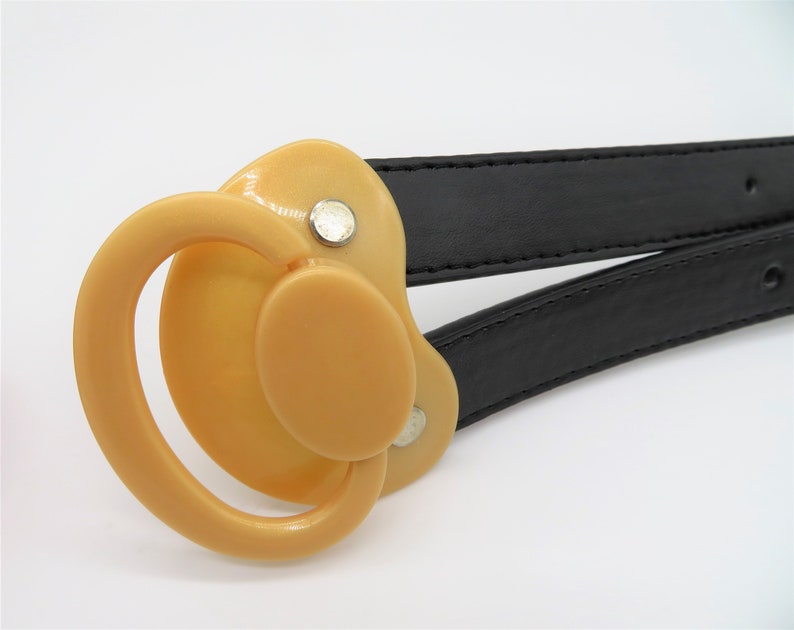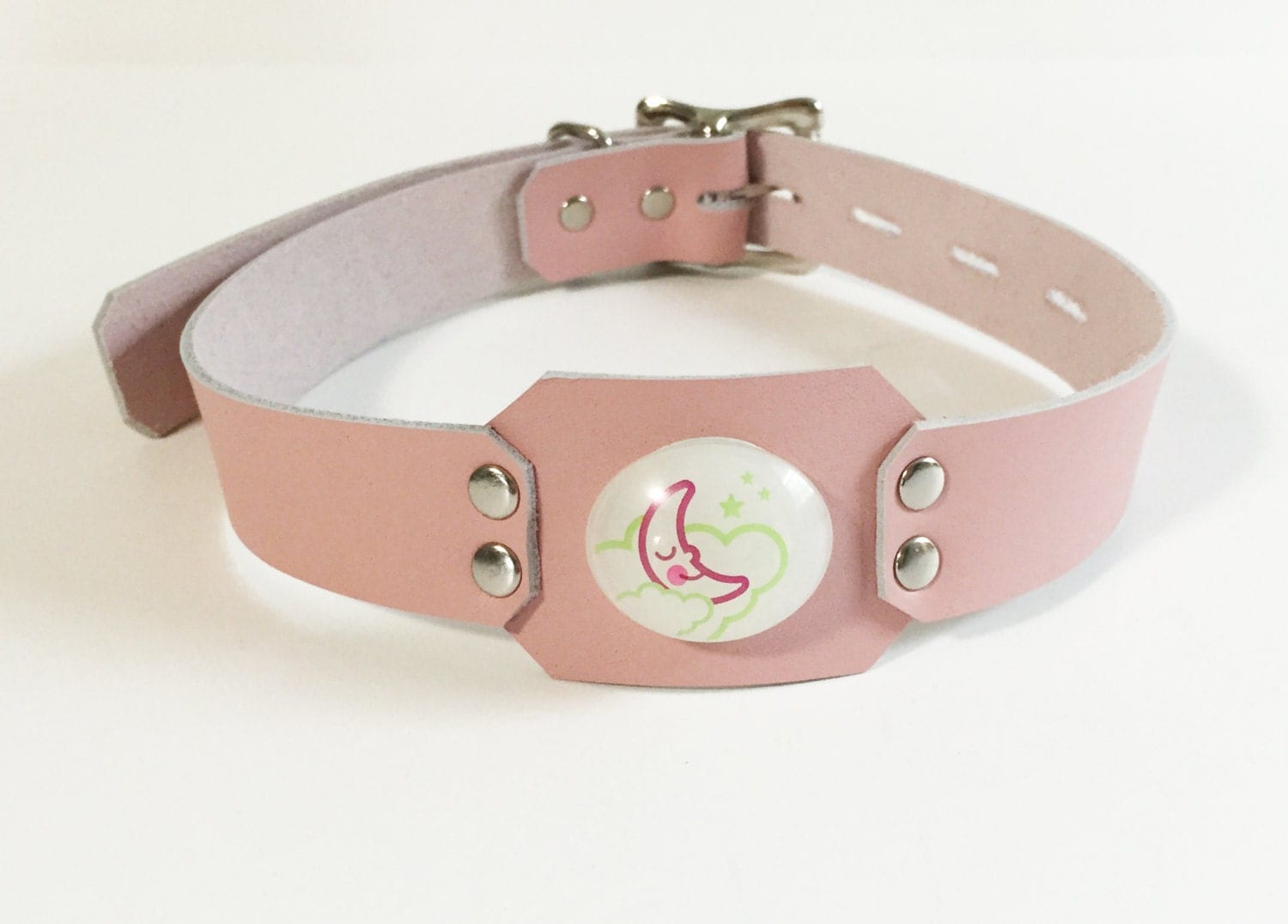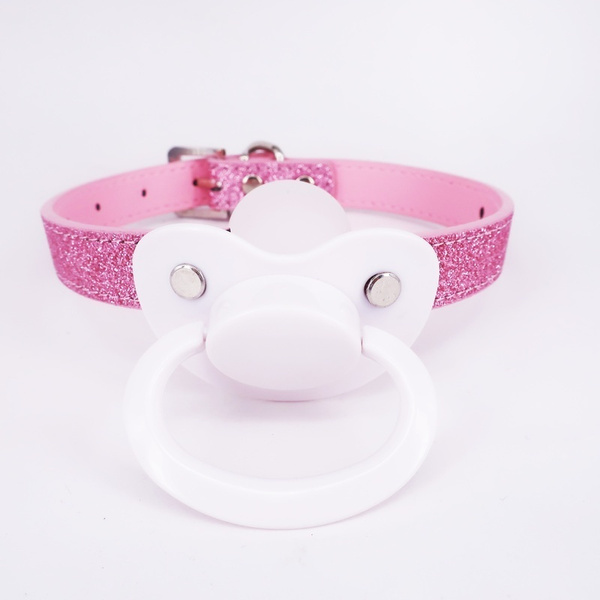
#Pacifier gag full
If your baby finishes a bottle and continues to suck even after their full meal is gone, offer the pacifier in exchange for the empty bottle. The first step is to find an opportunity in which your baby still has the desire to suck even after finishing a feeding. But what do you do if your baby stops taking the pacifier? They are great soothers, but they also have great health benefits like potentially helping to reduce the risk of SIDS. How Can I Get My Baby to Take a Pacifier Again?ĭespite some disagreements among parents and pediatricians, pacifiers are perfectly fine to give your infant when used correctly. It’s always a good idea to ask for a recommendation from your child’s pediatrician.

Your child may have a preference for one over the other, as they’ll all feel different in their mouths.Īlso, consider rubber vs. You can also choose from different shapes and materials. Did you recently switch binkies, and your baby is just not used to the new style?įirst, there are various options for pacifier sizes based on your infant’s age. If your baby isn’t taking the pacifier, consider the type of pacifier you’re giving your infant. Like milk bottles, pacifiers also come in different shapes and sizes. Still, some babies who breastfeed simply don’t prefer the pacifier, which is perfectly normal. The Tommee Tippee Closer to Nature “breast-like” pacifier is highly reviewed and has helped many parents that are struggling with this issue.Īnd, here is the super cool glow-in-the-dark night version! You can also try a pacifier that is specifically designed to be the same shape and feel of a real nipple to help your baby transition as easily as possible. Because baby is already satisfied from your breastmilk and relaxed, he or she may have a better time keeping the binky in their mouth. But specifically for breastfeeding moms, try this after a feeding: When your baby stops feeding for milk, slowly remove your breast from their mouth and replace it with a pacifier. This can, of course, result in a frustrating and uncomfortable experience for your baby.įortunately, you can use a few tactics listed below to reintroduce a pacifier to your baby. So, when offered a pacifier, your breastfed baby may be tempted to open wide and put the whole pacifier in their mouth. It takes careful concentration to latch on.

This comfort often cannot be matched.īreastfed babies may also have trouble taking a pacifier because they are used to opening their mouths wide for their mother’s breast. That is why it can be especially difficult for an infant to part from the warm embrace of a feeding session with mom and take a pacifier instead. What if baby refuses the pacifier and wants your breast instead?īreastfeeding is a treasured bonding activity between babies and their mothers. And, because pacifiers are small enough for the baby’s hands, it can help with a child’s self-soothing. In addition to thumb sucking, the use of a pacifier can remind babies of the comfort of their mother’s womb. After a baby is born, sucking becomes one of the five womb sensations that help calm babies-it can lower the heart rate and reduce stress levels in infants.īabies use pacifiers for nonnutritive sucking, which is an action that’s not associated with satisfying hunger. In the womb, it was easy for babies to suck on their fingers or toes in order to soothe themselves. A Baby calmly taking a pacifier while sleeping Why do pacifiers work in the first place? However, if you have a young infant, you may want to hold on to that pacifier for a while when there are few other ways to soothe them. This is great for a toddler, as prolonged pacifier use could contribute to dental issues after a certain age. Over time, babies will eventually transition from them, anyway. So if your baby doesn’t want it, you don’t have to force it. Giving a pacifier to your baby is completely optional. Other babies may simply prefer the pacifier some days over others, or only want to take a pacifier to help them fall asleep. Your baby may be telling you something important through their cries or rejections of the binky.įor instance, some babies will have trouble latching onto a pacifier correctly, and thus will not be able to be soothed by it. That’s why it is crucial for parents to pay attention to their baby’s cues.

So, naturally, one child’s reason for rejecting a pacifier will differ from another’s. Should I force my baby to take a pacifier?ĭoctors tell you this from the second a mother gets pregnant.How do you deal with a pacifier withdrawal?.
#Pacifier gag how to


 0 kommentar(er)
0 kommentar(er)
